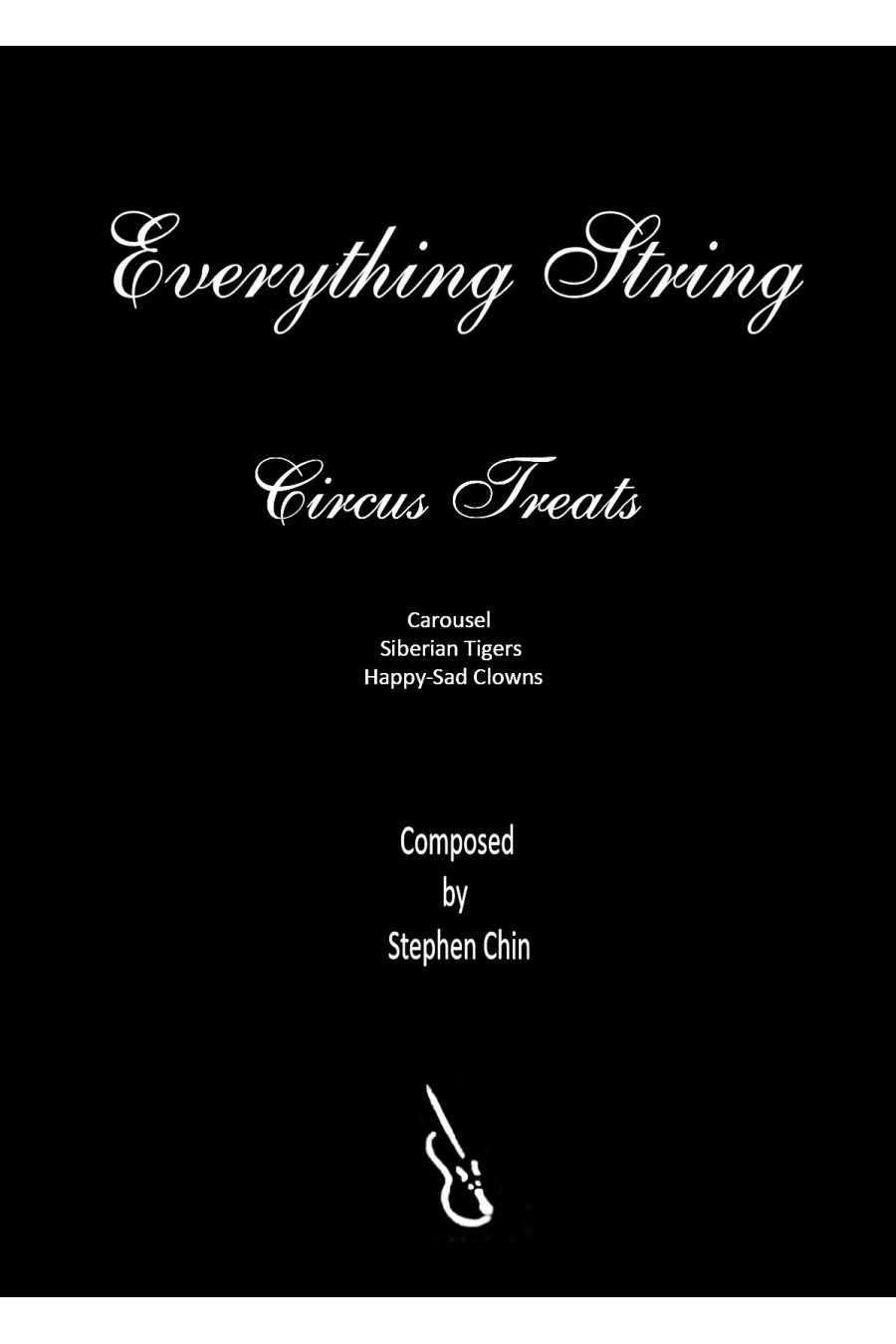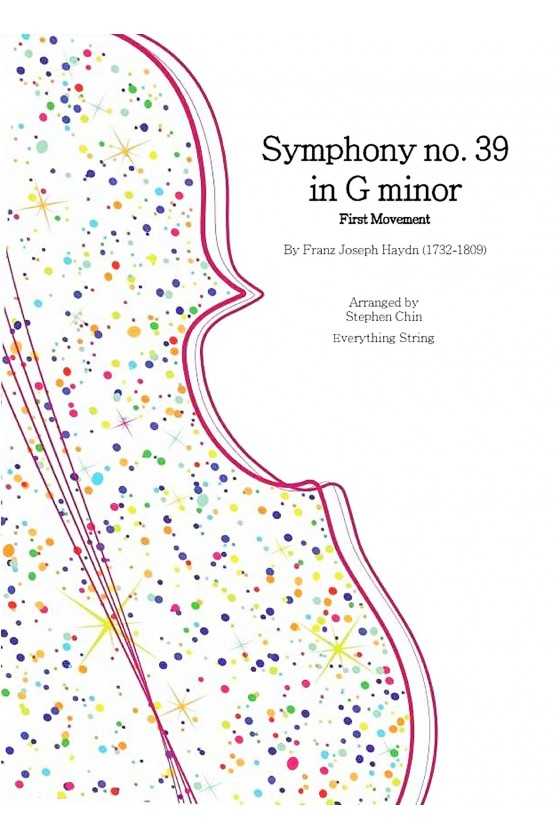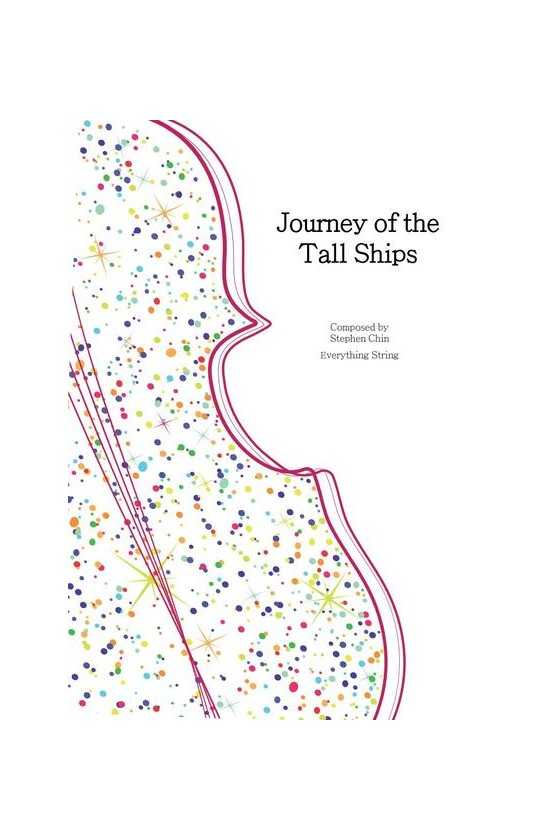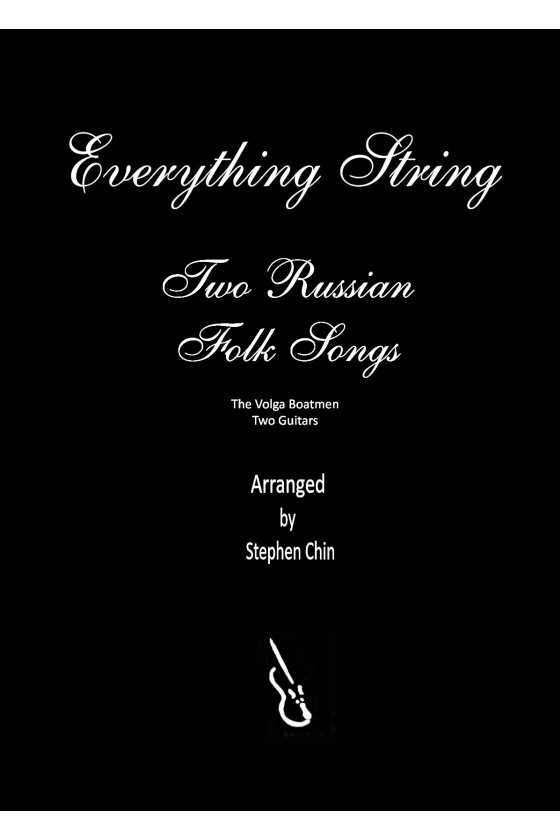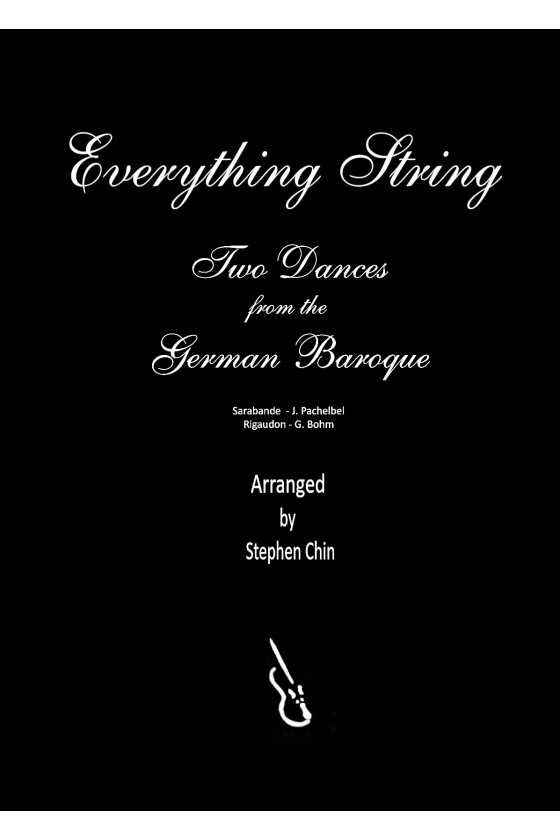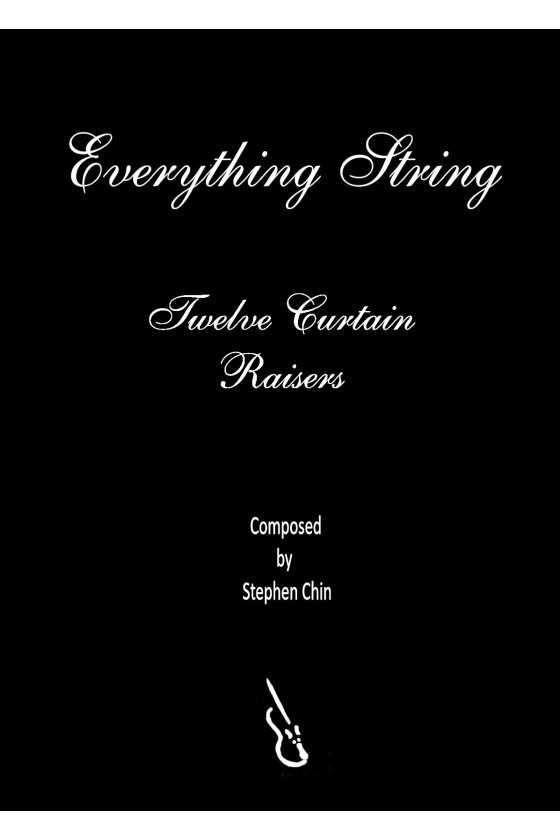Circus Treats By Stephen Chin
As the sound of trumpets fills the air, the crowd roars with excitement. The circus is a place of wonder and joy, where people of all ages come together to experience the thrill of the show. The Carousel, a waltz that shares the melodic line between its parts, is a simple yet elegant piece that teaches young musicians the art of playing off the beat. In Siberian Tigers, the strings of the instruments are struck with force to produce a robust tone that echoes the strength and majesty of the tigers that roam around in the minds of the players. Meanwhile, Happy-Sad Clowns contrasts the joyous tones of a major key with the melancholic notes of a minor key, taking the audience on an emotional journey through the familiar finger patterns of the players.
1. Carousel
2. Siberian Tigers
3. Happy-Sad Clowns
For String Orchestra Grade 1
